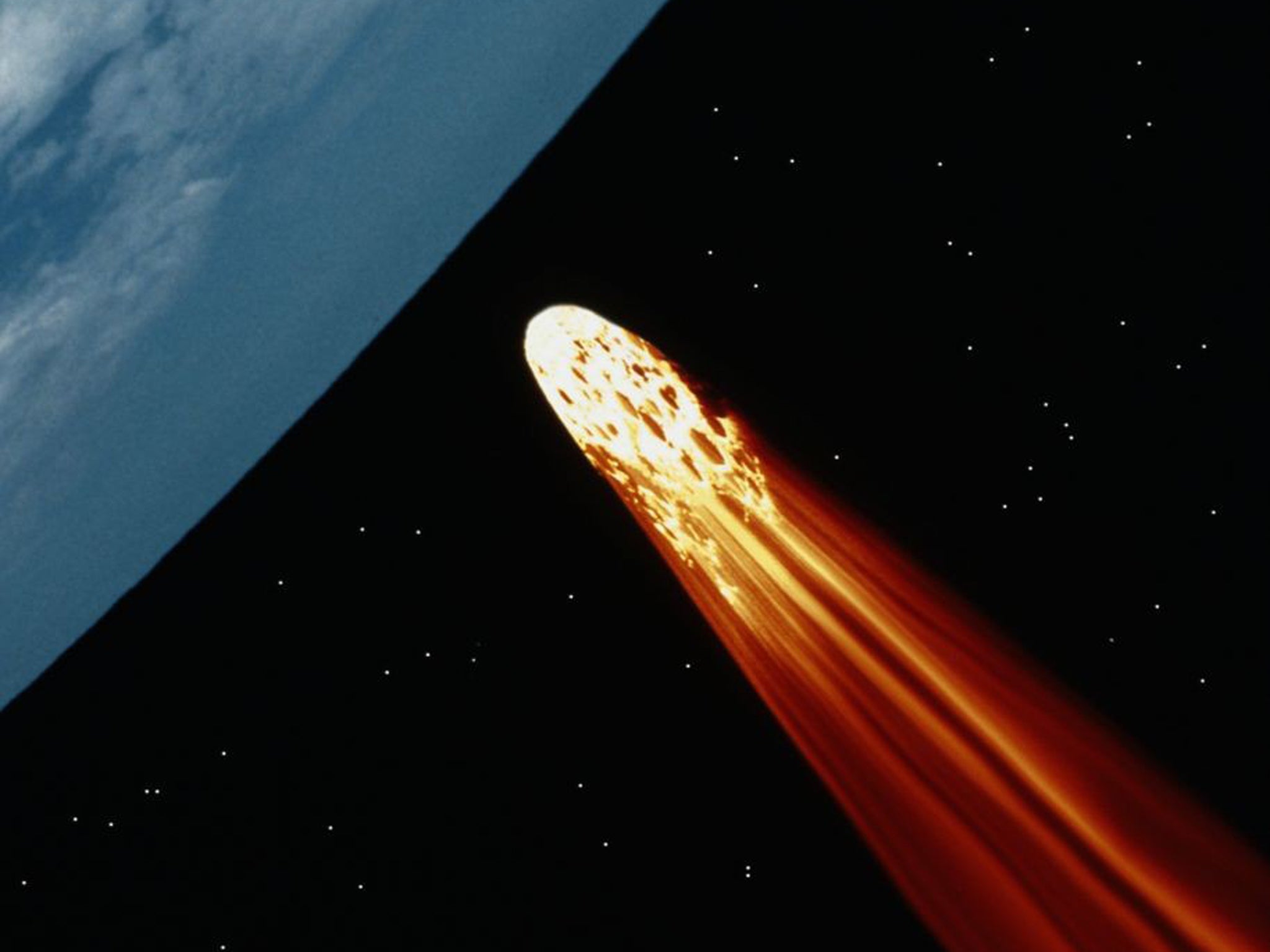2012 DA14: A close call for asteroid big enough to flatten London

Your support helps us to tell the story
From reproductive rights to climate change to Big Tech, The Independent is on the ground when the story is developing. Whether it's investigating the financials of Elon Musk's pro-Trump PAC or producing our latest documentary, 'The A Word', which shines a light on the American women fighting for reproductive rights, we know how important it is to parse out the facts from the messaging.
At such a critical moment in US history, we need reporters on the ground. Your donation allows us to keep sending journalists to speak to both sides of the story.
The Independent is trusted by Americans across the entire political spectrum. And unlike many other quality news outlets, we choose not to lock Americans out of our reporting and analysis with paywalls. We believe quality journalism should be available to everyone, paid for by those who can afford it.
Your support makes all the difference.An asteroid as big as an Olympic swimming pool has narrowly missed the Earth this evening, becoming the closest ever for an object of that size.
The 150ft-wide space rock, given the catchy name 2012 DA14, passed within 17,200 miles of our planet - a distance within the orbits of over 100 weather and telecommunication satellites.
Scientists have declared earlier today that it has no chance of colliding with the Earth.
This asteroid follows the impact from a meteor that crashed into Russia’s Ural Mountains and injured at least 700 people. Alan Fitzsimmons, of Queens University Belfast, comforted BBC reporters, however, by claiming the two incidents are entirely unrelated and just a “cosmic coincidence”.
Armchair astronomers were able to see the object with little more than binoculars at the ready and a steady pair of hands.
Such a close encounter was a scientific opportunity not to be missed said Prof Fitzsimmons.
"When asteroids come this close, it's very important to try to learn about them - it's become so bright, so it's so easy to study," he told BBC News.
"We get an additional insight into these small objects, which are the most likely impactors on Earth."
The asteroid raced between 12,427mph and 18,641mph - roughly five miles a second or eight times the speed of a rifle bullet – and took two hours to travel between the constellations of Leo and the Plough.
Scientists studied the space rock to detect its composition in the unfortunate, hypothetical, event where an asteroid could be on a collision course with Earth.
Nasa’s Near Earth Objects programme identifies objects that could one day pose a threat to our planet and have so far discovered 10,000 – under 10% of the total objects out there, according to Dr Lindley Johnson, the programme’s director.
Join our commenting forum
Join thought-provoking conversations, follow other Independent readers and see their replies
Comments